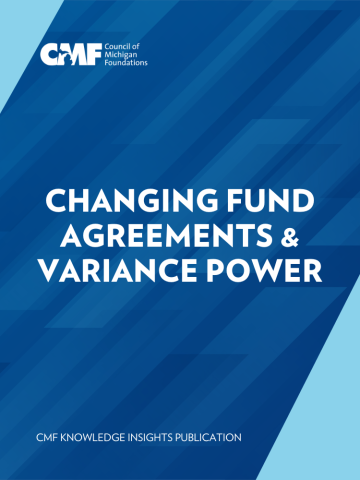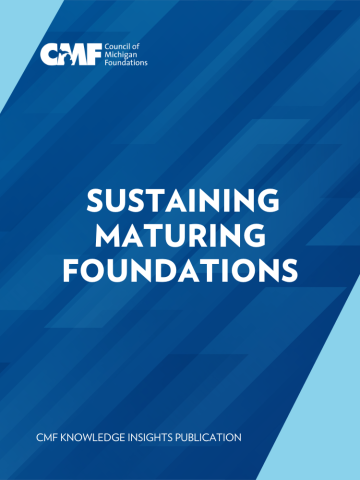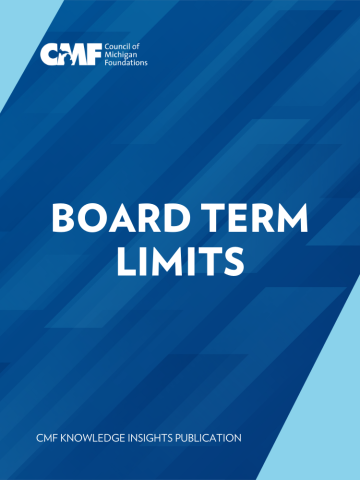Grantmaking With a Racial Equity Lens
A focus on racial equity can increase your effectiveness at every stage of the grant-making process. Explores how a racial equity lens can help you scan your field or community, cultivate new leaders, encourage creative approaches, and nourish change inside your own foundation from Grantcraft. This guide was developed in partnership with the Philanthropic Initiative for Racial Equity.
Highlights:
Three tools for activating a racial equity lens
Your Race/Your Role
Questions to ask inside your foundation
What's in the Guide?
What Is a Racial Equity Lens? For grantmakers and foundation leaders, using a racial equity lens means paying disciplined attention to race and ethnicity while analyzing problems, looking for solutions, and defining success. Some use the approach to enhance their own perspectives on grantmaking; others adopt it as part of a commitment endorsed across their foundations.
How a Racial Equity Lens Works: A racial equity lens is valuable because it sharpens grantmakers’ insights and improves the outcomes of their work. People who use the approach say it helps them to see patterns, separate symptoms from causes, and identify new solutions for their communities or fields.
Applying a Racial Equity Lens: Skills and Strategies: Where, specifically, does a racial equity lens get put to use by individual grantmakers? The answer is simple: everywhere. A keen awareness of race and ethnicity, and of their impact on access to power and opportunity, is a distinct asset when applying the classic skills of effective grantmaking.
Implementing a Commitment to Racial Equity: Policies and Practices: When a foundation decides to focus on racial equity, how does that commitment get translated into the organization’s goals and routines? Foundation leaders and program staff share examples of what they have learned about applying a racial equity lens to their programming, operations, and external affairs.
Looking Inward: Using a Racial Equity Lens Inside Your Foundation: Grantmakers who have championed racial equity within their foundations describe a handful of tactics for getting over the predictable hurdles. Ground the discussion of racial equity in the foundation’s mission, they say, be open to learning, and be upfront about your goals. But don’t lose sight of the possibility of resistance and setbacks.


